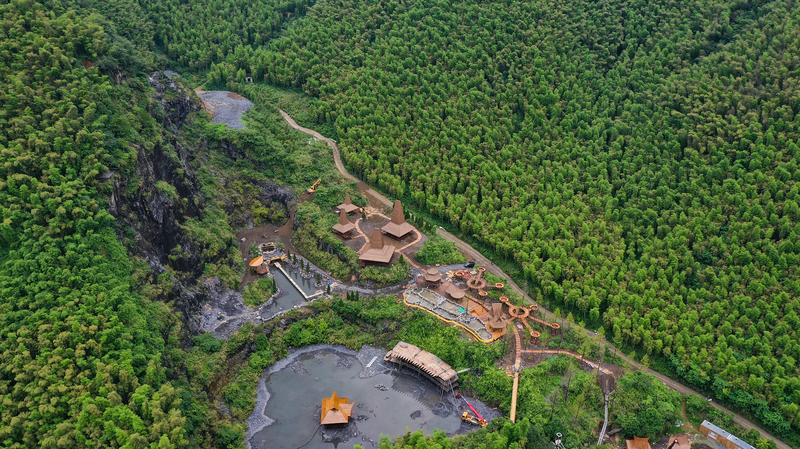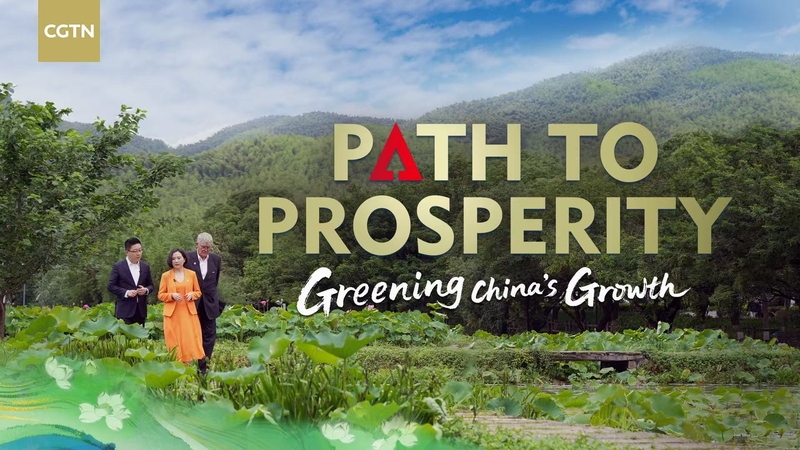Sunlight filters through the rolling hills of bamboo that blanket Anji, a small county in eastern China where scenes from the Oscar-winning Crouching Tiger, Hidden Dragon were filmed. At dawn, the scent of tea and woodsmoke drifts from homestay kitchens as tourists from Shanghai and Hangzhou flock here for a slower rhythm of life. Two decades ago, however, the landscape told a very different story.
Mines and cement plants once dominated the local economy. "We went to work before dawn and came back after dark. We'd head out clean and return looking like pandas, our faces covered in soot. Young people who left rarely wanted to come back," recalls Pan Chunlin, a former miner turned guesthouse owner. "We used to start the day hauling rocks from the mines. Now, we start it shopping for groceries and welcoming tourists."
The transformation began in the early 2000s, when Anji's government closed its mines and invested in environmental restoration. The county soon became a pilot site for China's green development agenda, proving that local prosperity can grow in harmony with nature rather than at its expense.
Today, Anji's economy thrives on bamboo manufacturing, renewable materials, and rural tourism. Tourism alone accounts for over 20% of farmers' direct income, supported by thousands of homestays. The county has topped China's Top 100 Counties for Tourism Competitiveness for six consecutive years.
For residents, the shift is tangible: cleaner air, clearer rivers, and a surge in youth entrepreneurship. Anji offers a blueprint for China's just transition—from resource-based growth to sustainable prosperity. What began as environmental necessity has become an economic revolution, where nature itself fuels a brighter future.
Reference(s):
cgtn.com







